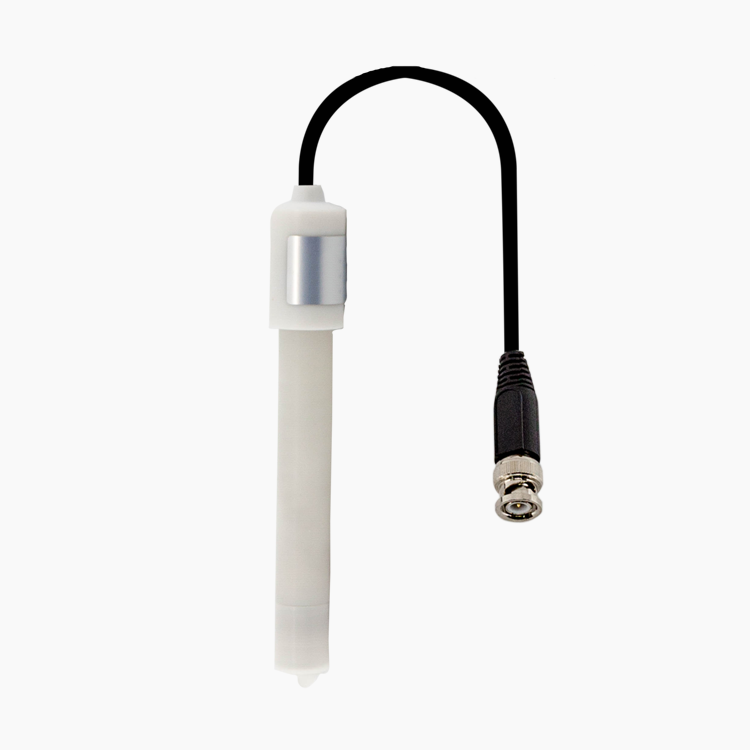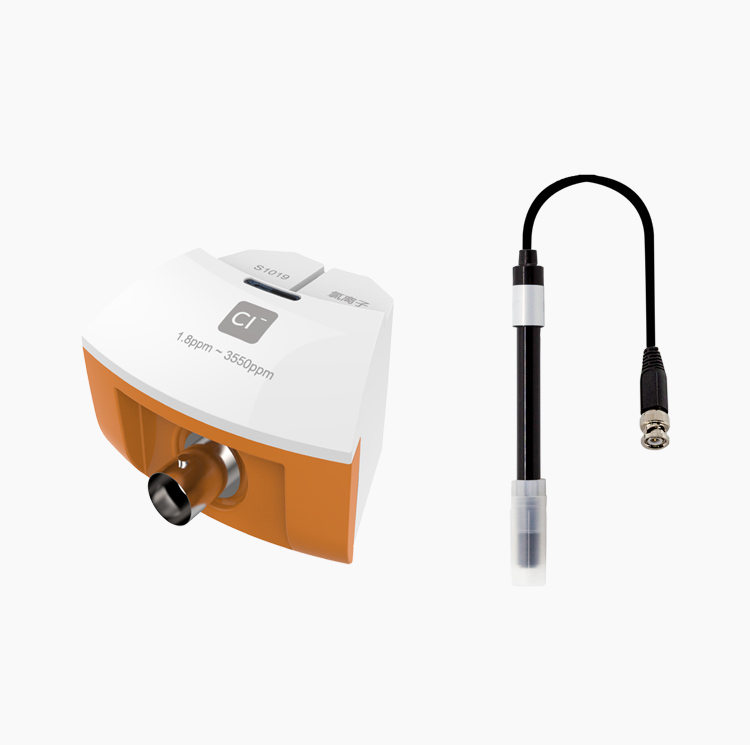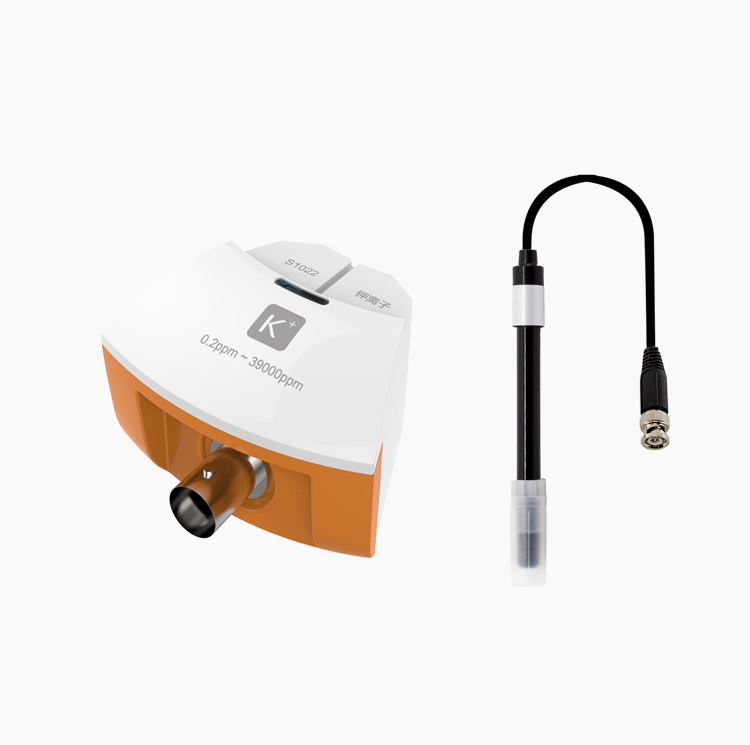Introduction
♦ The sensor is designed with ion selective electrode. It is a kind of electrochemistry sensor which measures ion activity and concentration in solution using membrane potential. When it touches the solution with ion to be measured, membrane potential will be generated between its membrane and solution. Ion selective electrode is also called membrane electrode. There is a layer of special electrode membrane on the electrode which response to specific ion. The relationship between potential of electrode membrane and ion to be measured compliance with Nernst formula. The circuit of sensor converts potential to analog signal.
Usage
♦ Connect Ammonium Ion Sensor to any port in SenseDisc.
♦ Connect probe to Ammonium Ion Sensor. (The probe has been assembled during manufacture. If it is broken during using, you can assemble it again. The procedures are shown below: place the electrode membrane into the probe front cover. Cover the silicon rubber gasket onto the top of probe. Screw the probe front cover onto the probe tightly so that electrode membrane is griped between silicon rubber gasket and front cover. Inject the filling liquid into electrode using syringe. Fill two out of three of the electrode. Place the electrode into the probe slowly to keep the electrode touching the electrode membrane. Screw the probe back cover onto the probe back. When the probe back cover reaches thread of probe, pull the electrode wire few times softly so that the air bubble rises to the top part of filling liquid. Screw tight the probe back cover.)
♦ Rinse the probe: place the beaker with distilled water on magnetic stirrer disk. Immerse the probe into distilled water completely. Rinse it during stirring until the reading becoming stable (12-22mV). The distilled water can be changed during rinsing to speed up the procedure.Check if the electrode membrane is assembled properly: drop saturated sodium hydroxide solution into distilled water during last procedure (1 drop/50ml). Wait until the reading becoming stable. If the reading is higher than -50mV, it means the electrode membrane is assembled properly.
♦ Immerse the probe into solution. Collect data using software. Discard the filling liquid after experiment. Rinse the probe using distilled water or deionized water. Dry it using filter paper. Cover the probe and preserve it in bag.
Notes
♦ The pH value of sample should be more than 11.
♦ If the experiment takes long time to complete, you should airtight the container in case ammonia gas evaporation.
♦ The temperature of standard and sample solution should be same.
♦ If the probe is used next day, you should screw off the probe back cover and pull the electrode to refresh the filling liquid.
♦ If the probe is left unused for long time, disassemble it and rinse all parts. Preserve them in clean and dry place.
Typical experiment
Typical experiment
♦ Produce NH4 using ammonium sulfate
♦ Measure and detect concentration of NH4 in solution.






